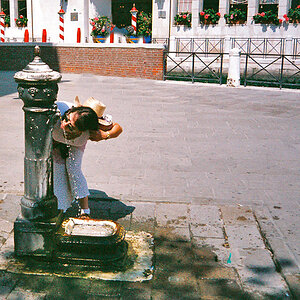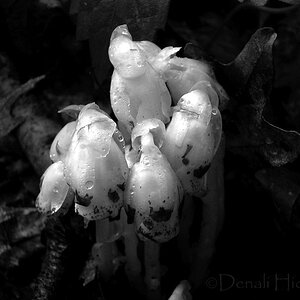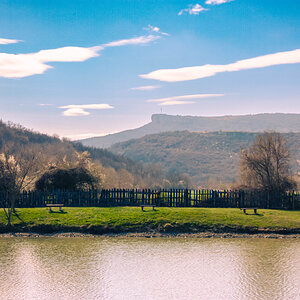- Joined
- Sep 27, 2009
- Messages
- 582
- Reaction score
- 41
- Location
- FL
- Can others edit my Photos
- Photos NOT OK to edit
Most birds are pretty daft.... If you see a spot where they are congregating for food, just enter that area, let them take off, and then sit real still. 9 times out of 10, they will return shortly. And, yes...bird feeders work great for photography.
Birds of prey on the other hand.... I wish I had a dollar for every time this scenario played out:
Driving along on a back country road and see a hawk or falcon sitting low in a tree. I will either turn around or back up, get into a location I like, and shut off the truck. I then roll the window half down, put the Kirk window mount on..... pull the camera out of the bag & the 500mm out of it's case and get it on the camera. Go down the mental checklist...ISO, exposure mode, white balance, bracketing, high speed shutter, focusing mode, etc...check, check, check. Slowly slide the camera out the window and mounted onto the ball-head, all the while the bird is just sitting there watching. I put my eye to the view finder and finger on the button........... only to get a picture of the ass end of a hawk flying away. :angry1:
That's my experience too. I only have one photo of a wild raptor:
IMG_3727 on Flickr - Photo Sharing!
It was taken at Merritt Island from my car. I've seen red shouldered hawks around my neighborhood sitting in the very top of the tall pine trees we have around here. It's impossible to photograph them from below and in the past they have been too far to get a decent photo. Now that I have a 500mm Sigma OS with a doubler I think I might be ready for them this year. A few summers ago I walked out my back door just in time to see a Coopers Hawk fly about 15 feet from the end of my nose clutching a dead dove in its talons. Of course it flew up into a tree with dense foliage. Raptors are incredibly frustrating.
BTW in my previous lengthy post here, I neglected to mention my attire. Wear dull colored browns, green or camo. I found it to be absolutely vital to cover my face. I would wear a green ski mask, even in very hot weather. If you spend a lot of time in the woods and observe other people you will notice that a face and forehead will shine like a spotlight in an otherwise dimly lit forest. Covering hands is also important. But most important of all is absolute stillness after you reach your spot.





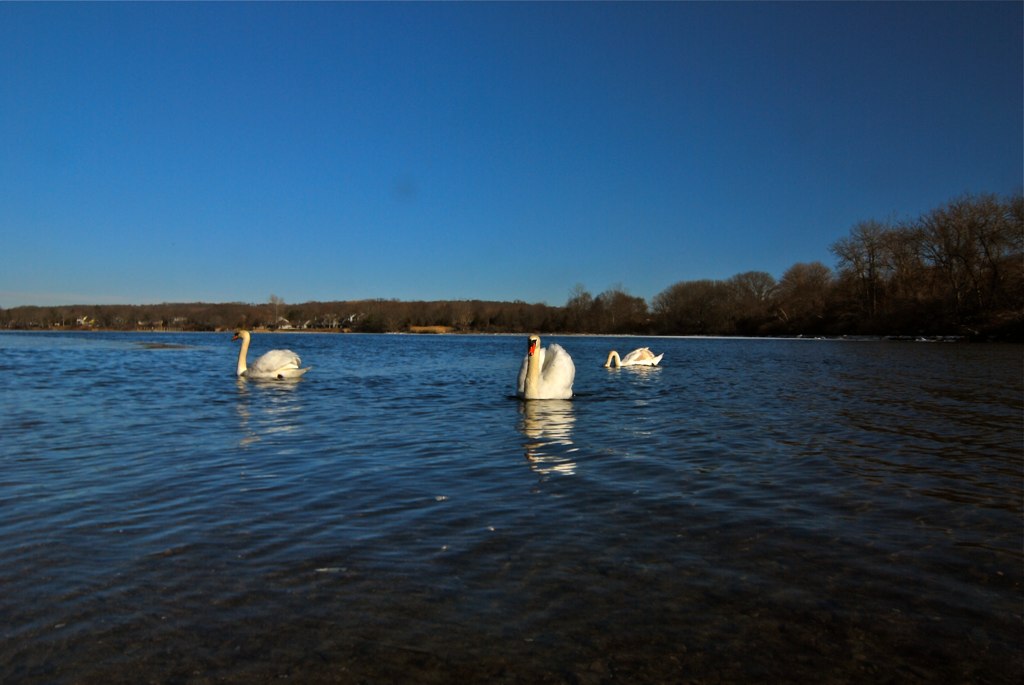
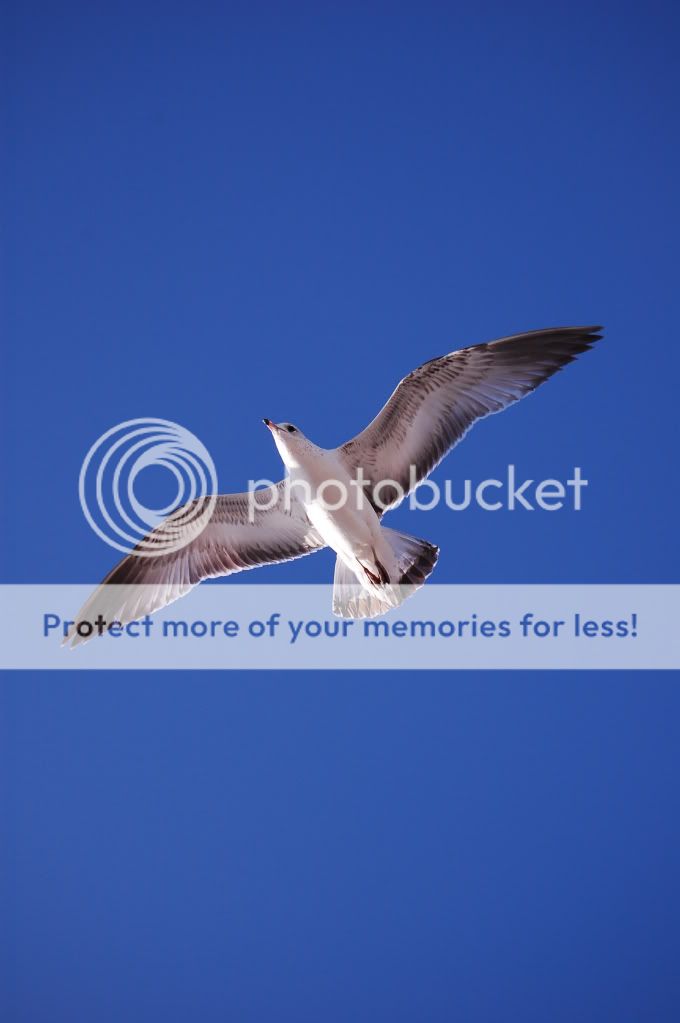
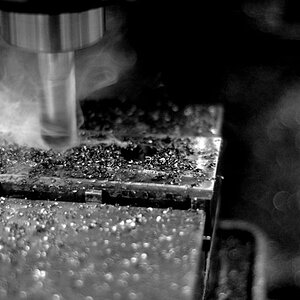
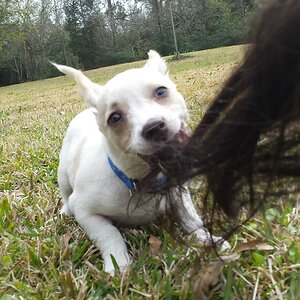
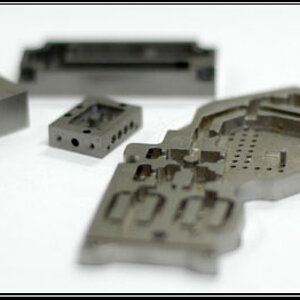
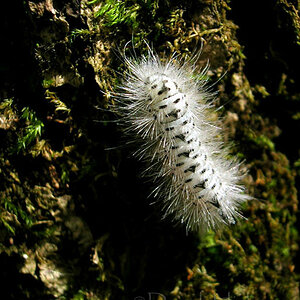
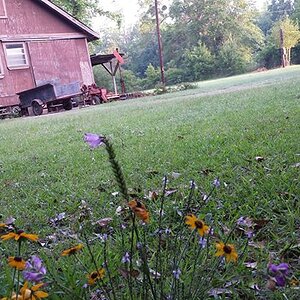
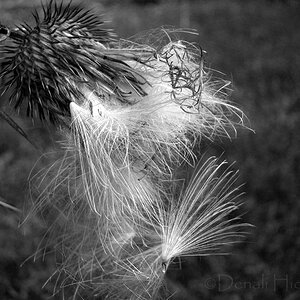
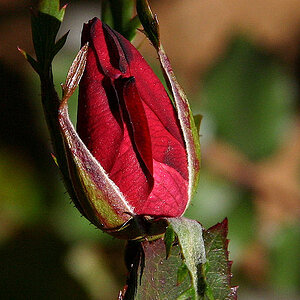
![[No title]](/data/xfmg/thumbnail/37/37606-3c9ffb5906173fa2aa489341967e1468.jpg?1619738148)

